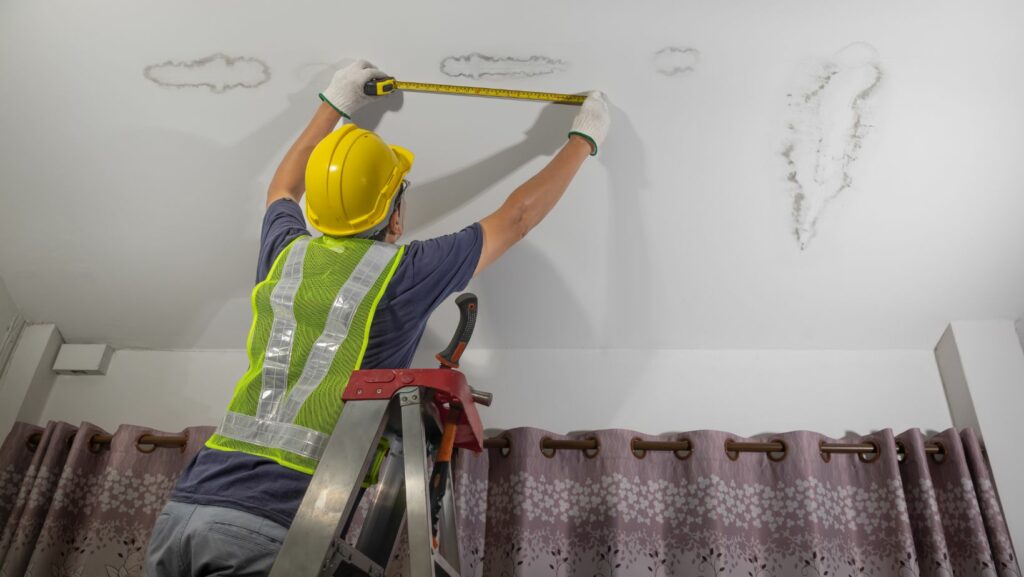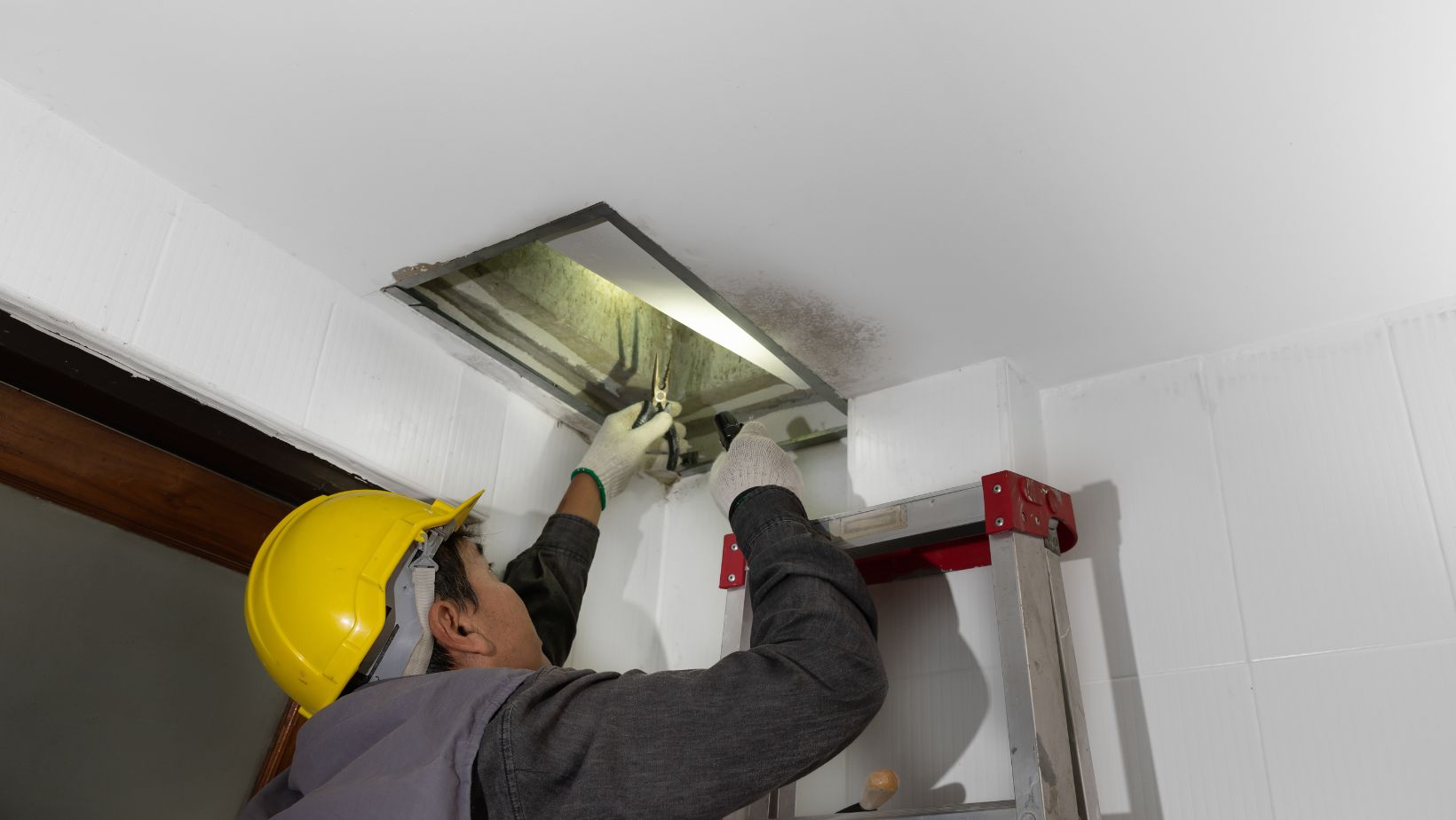
In New York, most homeowners report roof leakage, which has developed into mold growth. The seeping water into the living space can create inconvenience and require prompt action to prevent the harmful growth of mold.
Let’s understand how roof leakage is connected with mold development and why it is essential to repair it for the safety of the building and your health.
The Link Between Roof Leak And Mold
Not every roof leakage can develop into mold. Still, there is a potential chance as the moisture keeps seeping into the interior structure of the building, creating a damp environment suitable for its growth. You might not be able to address the moisture accumulation at the first stage, as it is challenging to identify. So, always look out for signs indicating ideal conditions for mold growth.
Can Roof Leakage Create An Environment For Mold?
Yes, roof leakage can create a perfect environment for mold growth as it introduces the building to moisture. The lack of ventilation, a combination of organic materials found in the building, and the warm indoor temperature provide an ideal environment for it to propagate. It proliferates with suitable foods and temperatures, and rapid growth is noticed around the affected area. Whenever you notice any sign of roof damage, you must immediately contact the personal property restoration service to fix the issue.
Common Types Of Roof Leakage Leading To Mold Development
There are various factors associated with roof leaks that can become a potential reason:

- If the shingles are missing or damaged, water can easily seep into the roof’s layers, resulting in leakage and providing a perfect temperature for the growth.
- Flashing is important for creating a watertight seal around chimneys and skylights. If incorrect, water can penetrate, leading to subsequent mold issues.
- If the gutter is clogged with debris, there will be an overflow of water due to the rain storm, and water will seep into the roof, leading to its growth.
- If any fall in branches or objects creates an opening in the roof, allowing the water to enter the building, it can damage the roof and lead to its development.
How Can Roof Leaks And Mold Growth Be Identified?
To identify the presence of a roof leak, here are the signs:

- Water stains on ceiling or wall.
- A musty odor or stale smell.
- Dripping sounds or the presence of water on the floor.
- Discolored or warped areas on walls or feeling.
How To Prevent Roof Leakage?
If you want to prevent roof leakage, here are the preventive measures you must implement:
- Regularly inspect and identify the signs of damage, which can later become a significant mold development problem.
- Check the damaged or missing shingles, check the flashing, and clear the debris from the gutter.
- Keep the roof clean by removing branches and leaves clogging the gutters and trying to prevent ice dams that can lead to leakage.
Conclusion
When it comes to dealing with mold, you have to seek professional remediation or Restoration companies. Molds affect the building’s integrity and prove to be harmful to human health, so this needs to be monitored with caution. You can consult zicklincontracting.com to minimize mold development and maintain a healthy living environment.












